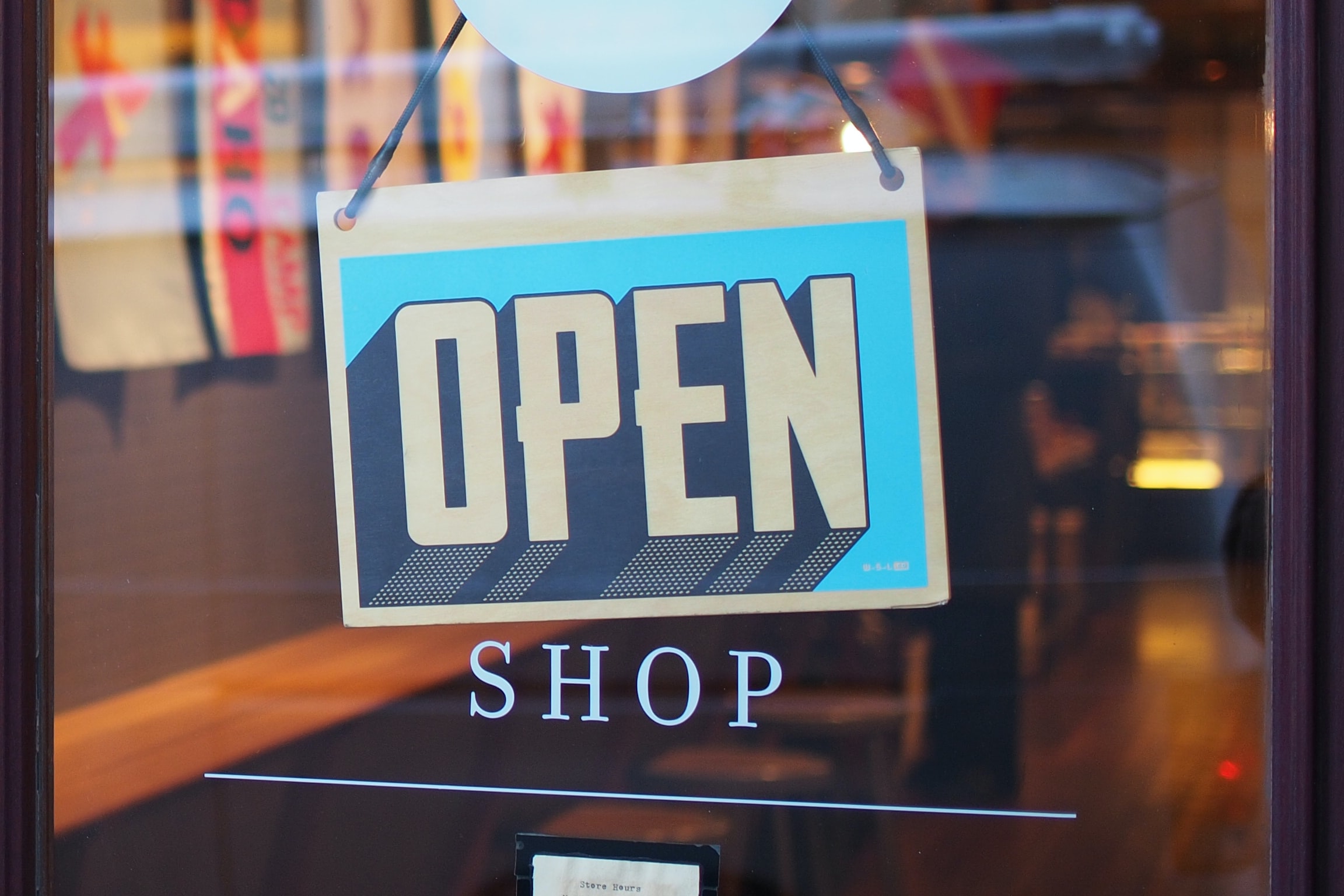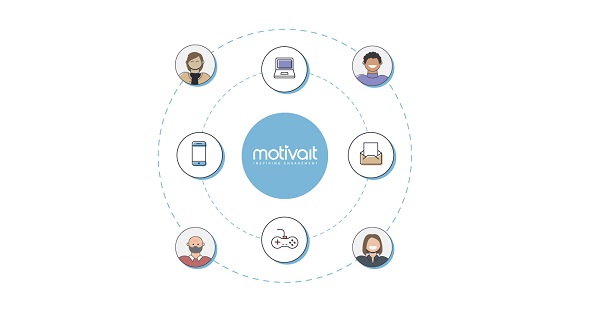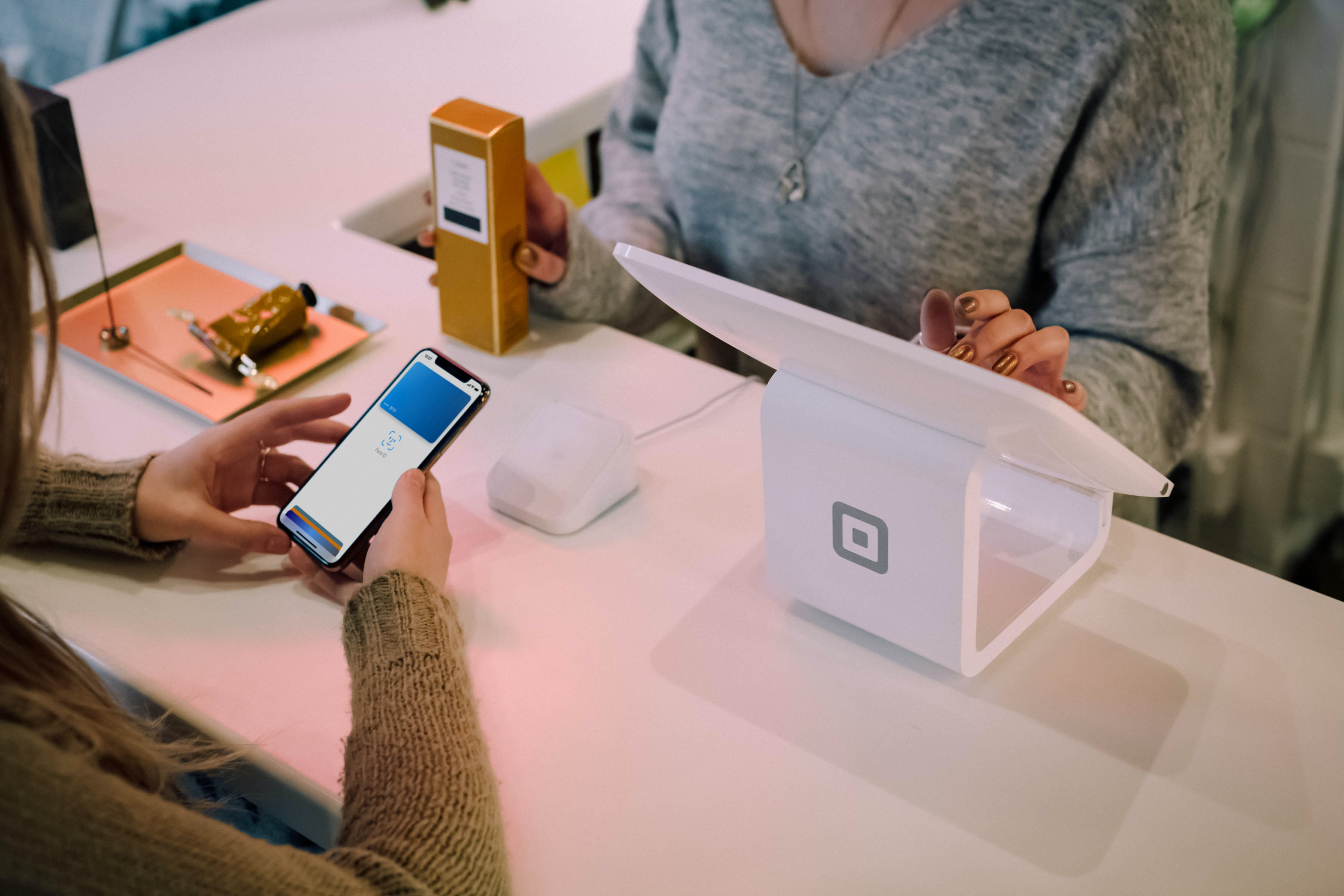As digital continues to become the norm, retailers with “traditional” card based, point collection loyalty schemes are feeling the push to evolve. In a world where people carry a supercomputer with them at all times, the idea of a plastic card in your wallet can feel dated. Looking at the recent changes in the market, a number of retailers certainly agree, and are in the race to update and enhance.
Loyalty in the news
Sainsbury’s, for instance, having bought Nectar are looking to make their whole loyalty scheme app based. That is not the only change they are making either. In an attempt to move away from blanket discounts, they are looking to reward people based on their frequency of visits and how long they have been a customer. This is a big move in a world where most are used to just being rewarded directly in line with what they spend. It feels much more in line with the definition of ‘loyalty’ the average customer may have too. They are also testing a “choose your own reward” system to give loyal customers a new level of choice and personalisation.
In light of the news of Sainsbury’s and ASDA joining forces, it will be interesting to see what happens, considering ASDA have always shied away from loyalty programs!
What makes this even more interesting is that Waitrose recently cancelled a similar scheme. They gave their customers the opportunity to choose 10 frequently purchased items to get discounts on. However, the feedback they received showed them that many found this to be confusing. Waitrose has now simplified the system, choosing to move to a tailored discount system instead.
The moves aren’t just towards ‘simple, fast, digital’ though.
Tesco invested a great deal into updating their card-based scheme over the last few years, moving to contactless to create a better customer experience. In their attempts to simplify their offering, they have drawn anger from shoppers at how fast the changes are coming into place.
So, what does it all mean?
It is safe to say that these examples and the many others out there represent some large shifts in how loyalty schemes will work, but it is not the core mechanics of point collecting changes that are interesting. It is the potential reasons behind the changes that offer more insight.
The varying approaches and ‘snakes and ladders’ feel to the changes, arguably represent a market trying to get a read on their audience. What do the masses unanimously want? Choice? Simplicity? Digital? One of the main reasons cited for the changes is simplification of the service, a very customer-centric concept. Given too much choice, people can falter and feel overwhelmed (the Paradox of Choice). The average consumer needs to understand the point behind, well, collecting points and the rewards can’t feel so out of reach that they give up and disengage with the scheme.
The alternative, as some have chosen, is to create offers that are personalised based on past shopping habits. This still offers the customer value but does overload them with excessive or overly complex choices. It is also a step closer to rewarding people for being them. “Dave, we appreciate your contribution as a customer, so enjoy something you want.” Simple, but it is a way of letting people know their value, which is a powerful loyalty drive.
Loyalty & Engagement
This more holistic style of engagement and loyalty can still include the traditional points collecting and incentives, but that is just one part of the puzzle. We are seeing a shift towards businesses using their knowledge of the customer to create a better overall experience. Rather than just saying “Buy this and we will give you that”, they are saying “How can we make buying this a better experience for you?” This can take many forms, from the better use of the pure loyalty-based schemes to the customer service in the shops themselves, moving some of the responsibility for loyalty to the staff themselves.
Loyalty is not about money, club cards or even quality and service. It is about all of these things together designed around the customer. It is a relationship where the customer feels valued and feels they are getting value, where there is mutual trust.
True loyalty is like true love. It’s irrational, hard to find and needs constant effort to maintain!








